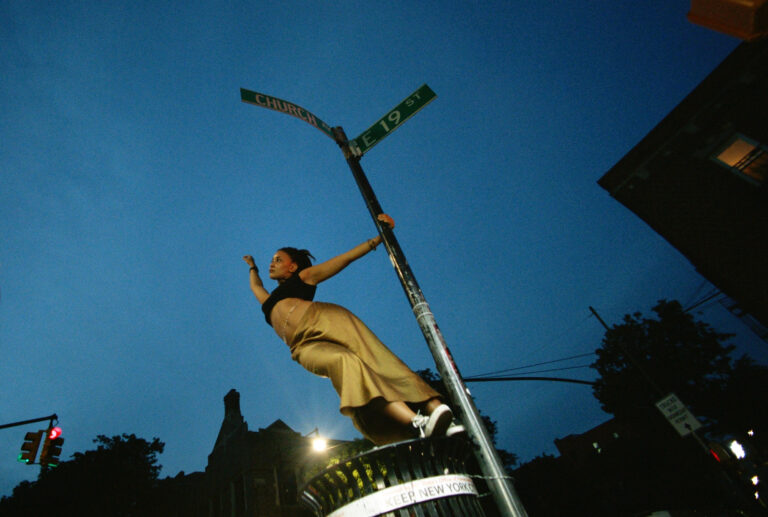
Directed by emerging filmmaker Haley Elizabeth Anderson and starring Kota Johan in her feature-film debut, Tendaberry is a gritty but touching drama about a young woman’s determination to survive and thrive amidst hostile surroundings. It is impossible not to like Dakota, the twentysomething woman at the heart of this captivating coming-of-age narrative about a life beset by change and promise, grieving, and loss.
Tendaberry is debuting this week in the First Look 2024 festival at New York’s Museum of the Moving Image, and it’s my prediction that we’ll all be hearing more about Anderson and Johan in the years to come. The film stands out as a sensitive though unsentimental portrait of people living life on the edge with dignity and resolve.
As described in the film’s official synopsis, “When her boyfriend Yuri goes back to Ukraine to be with his ailing father, twenty-three year-old Dakota navigates her precarious new life, surviving on her own in New York City. When Yuri goes missing, Dakota discovers that she is pregnant and must make a decision between holding on to the past and forging her own future in the midst of her South Brooklyn universe, creating a lyrical glimpse of young, urban adulthood, and a meditation on the anxiety that can arise from not knowing what comes next.”
Kudos to cinematographer Matthew Ballard and editor Stephania Dulowski for their expertise in crafting impressively intensive scenes that focus the viewer’s attention on the physicality of Dakota and the vastly complex city she calls home. Tendaberry is very much a film about New York but one that deliberately shuns the glitzy, touristy haunts of Manhattan for the mean streets and subways of the outer boroughs. This is no lullaby of Broadway: Director Haley Elizabeth Anderson first encountered Kota Johan on a rainy night on a subway train as the young woman was trying to survive by singing for spare change.
Visually, the film is enhanced by the inclusion of gritty Super-8 footage of Coney Island that was shot by Nelson Sullivan during the “bad old days” of the 1980s. plus archival footage of the devastating fire that destroyed a fantasyland amusement park there more than a century ago. Dakota’s musings on this “playground for the proletariat” are a testimony to her instinctual ability to draw wisdom from things often overlooked because they are so ordinary. Whether Dakota is dealing with a cranky boss in the mini-market where she works or reeling from the shock of being cheated out of cash by an unscrupulous real-estate agent, her insight remains rock-solid.
Despite these and other setbacks, it is a testimony to Dakota’s inner strength that she is able to conclude the film by offering a compassionate blessing of grace to all the people and circumstances she has encountered during the one-year timespan of Tendaberry.
This is a restorative film: one that counters the corrosive rhetoric so prevalent in today’s society. As Anderson says in her director’s statement: “The fact that we’re all here, crammed on this small sinking piece of land and living in relative harmony—give or take a giant handful of everyday disasters—is a miracle. People say New Yorkers are cold and that you can cry on the train openly because no one cares. I don’t think it’s because no one cares. I think it’s because we’re all swimming in it—drowning in the world—all hurting, angry, laughing and crying at the same time at unimaginable speeds—here.”
Rating: A
Check out more of Edward’s articles.

